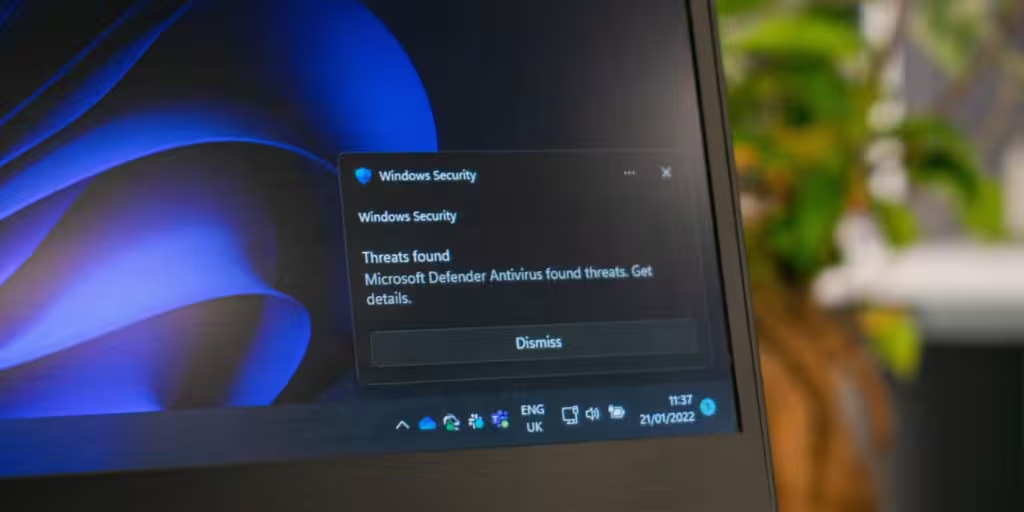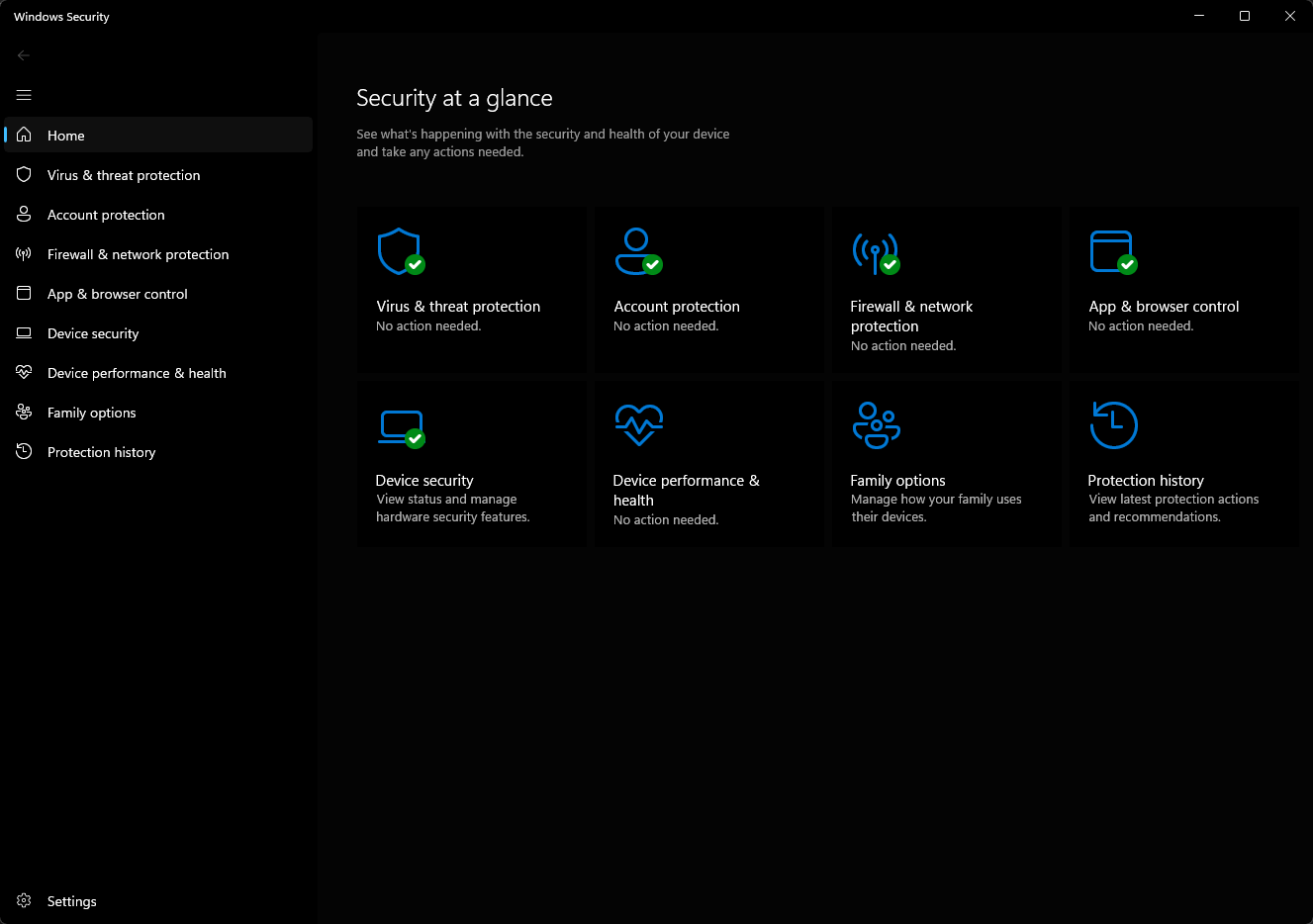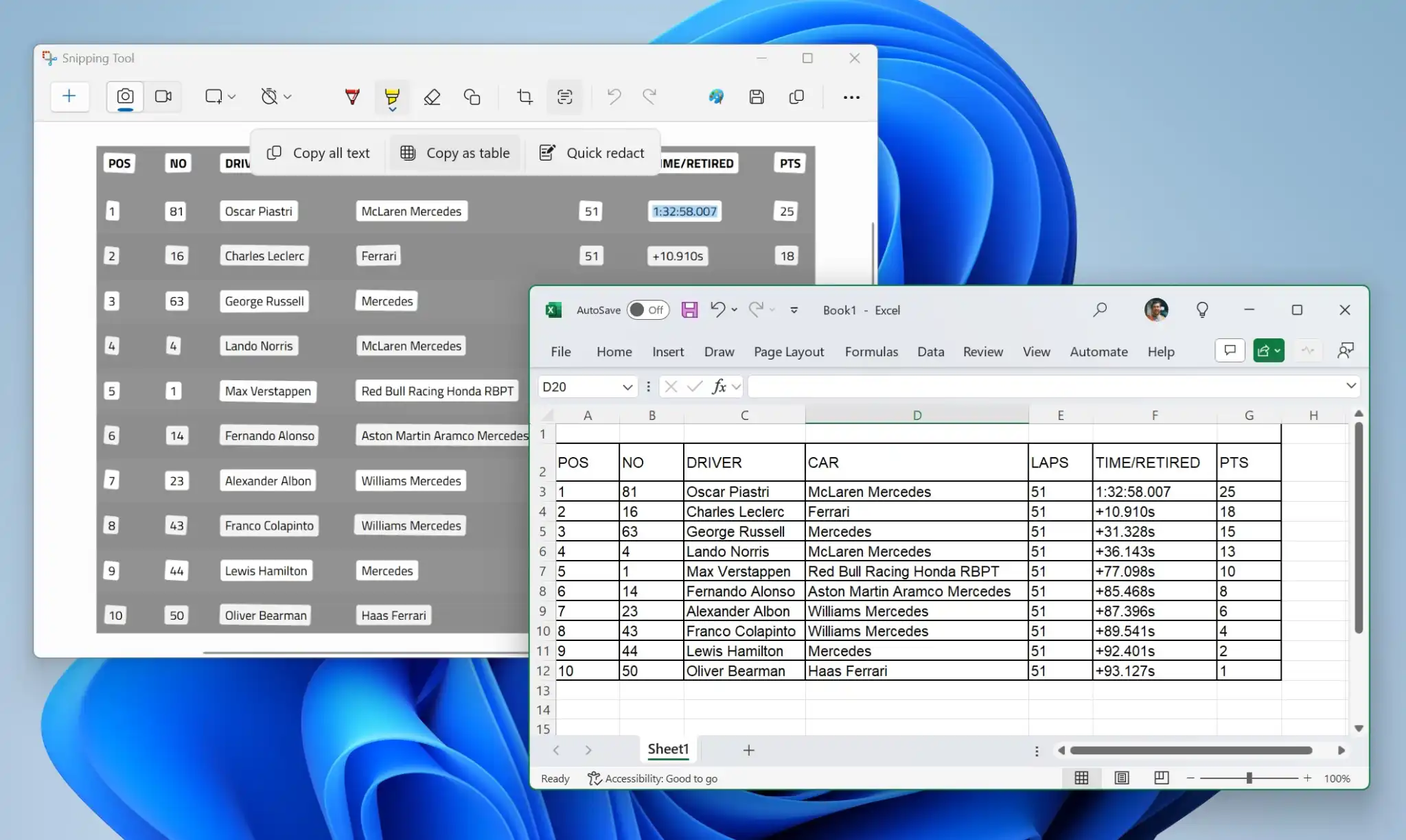
Windows Security, Microsoft’s built-in antivirus suite, generally offers robust protection for most users. However, there are certain key protections that are disabled by default, one of which is Memory Integrity. This feature provides an additional layer of defense, specifically shielding your system’s memory from malicious applications that attempt to exploit vulnerable Windows drivers to take control of your computer.
When you enable Memory Integrity, it activates Virtualization Based Security (VBS), which not only isolates the feature that verifies code but also introduces a secondary verification process. This dual-layer protection significantly enhances the security of your system, making it harder for malware to bypass standard security measures.
One reason this setting remains off by default is that it can interfere with certain applications, particularly those with complex code execution requirements. Enabling Memory Integrity might cause compatibility issues, and some apps may not function as expected. On older systems, users might also notice a slight decline in performance, as the extra protection consumes additional resources.
If you’re curious to try it out, toggling Memory Integrity is simple. Open Windows Security from your Start Menu or via Windows Search. Navigate to Device security, then to Core Isolation, and finally to Memory Integrity, where you can flip the switch. You can easily disable it later if needed by following the same steps.
In addition to Memory Integrity, other advanced protections like ransomware protection are also turned off by default to maintain a smoother user experience. Enabling these features provides added safeguards against attacks such as ransomware, which can lock you out of crucial data.




